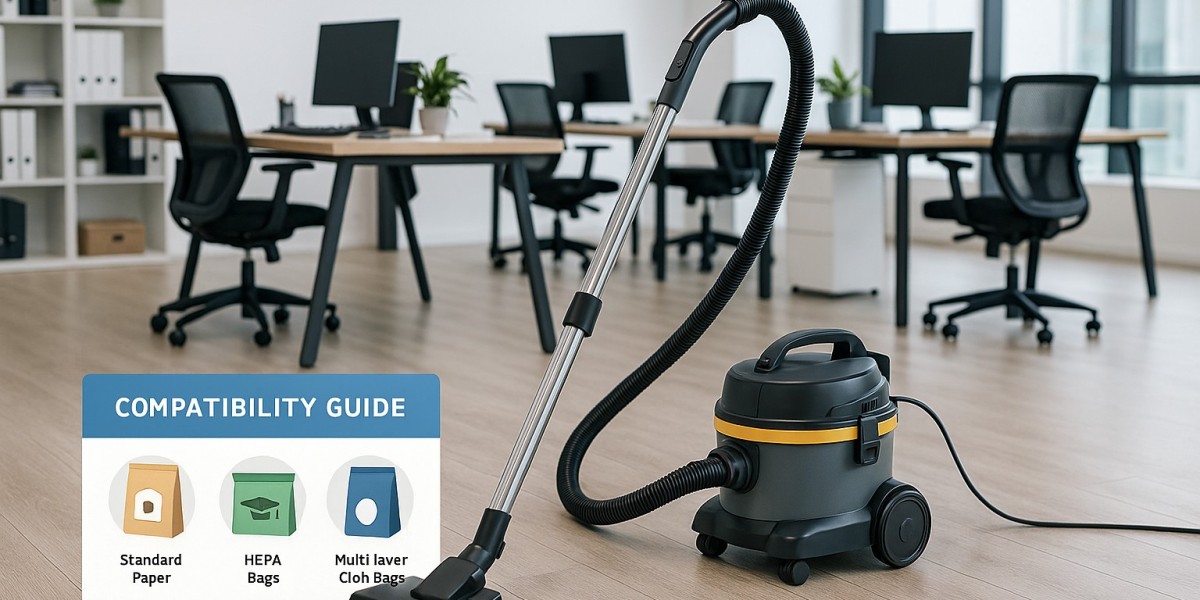Picture this: you're rushing to clean the boardroom before a crucial client presentation when your vacuum suddenly loses suction. The bag is full, you don't have spares, and your professional image is about to take a hit. Sound familiar?
This scenario plays out in Kiwi businesses daily, yet most owners treat vacuum bags as an afterthought. This guide changes that by showing you how the right bag choice protects your equipment, saves money, and keeps your workspace spotless.
Why the Right Vacuum Bag Matters More Than You Think
Your vacuum bag does far more than collect dust and debris. It acts as the first line of defence for your vacuum's motor, directly affecting suction power and air quality throughout your workspace.
Cheap, poorly designed bags create problems that ripple through your operations. They tear easily, allowing dust to bypass the filtration system and clog your motor. When motors overheat due to poor airflow, you're looking at repair bills ranging from $200 to $ 500, or complete replacement costs exceeding $1,000 for commercial units.
Quality bags protect this investment while improving indoor air quality. They trap allergens, dust mites, and fine particles that affect staff health and productivity. For businesses operating in dusty environments or serving clients with respiratory sensitivities, proper filtration is essential for maintaining professional standards.
The filtration system also determines the effectiveness of cleaning. A bag that allows particles to recirculate wastes your cleaning time and creates the need for repeated passes over the same areas.
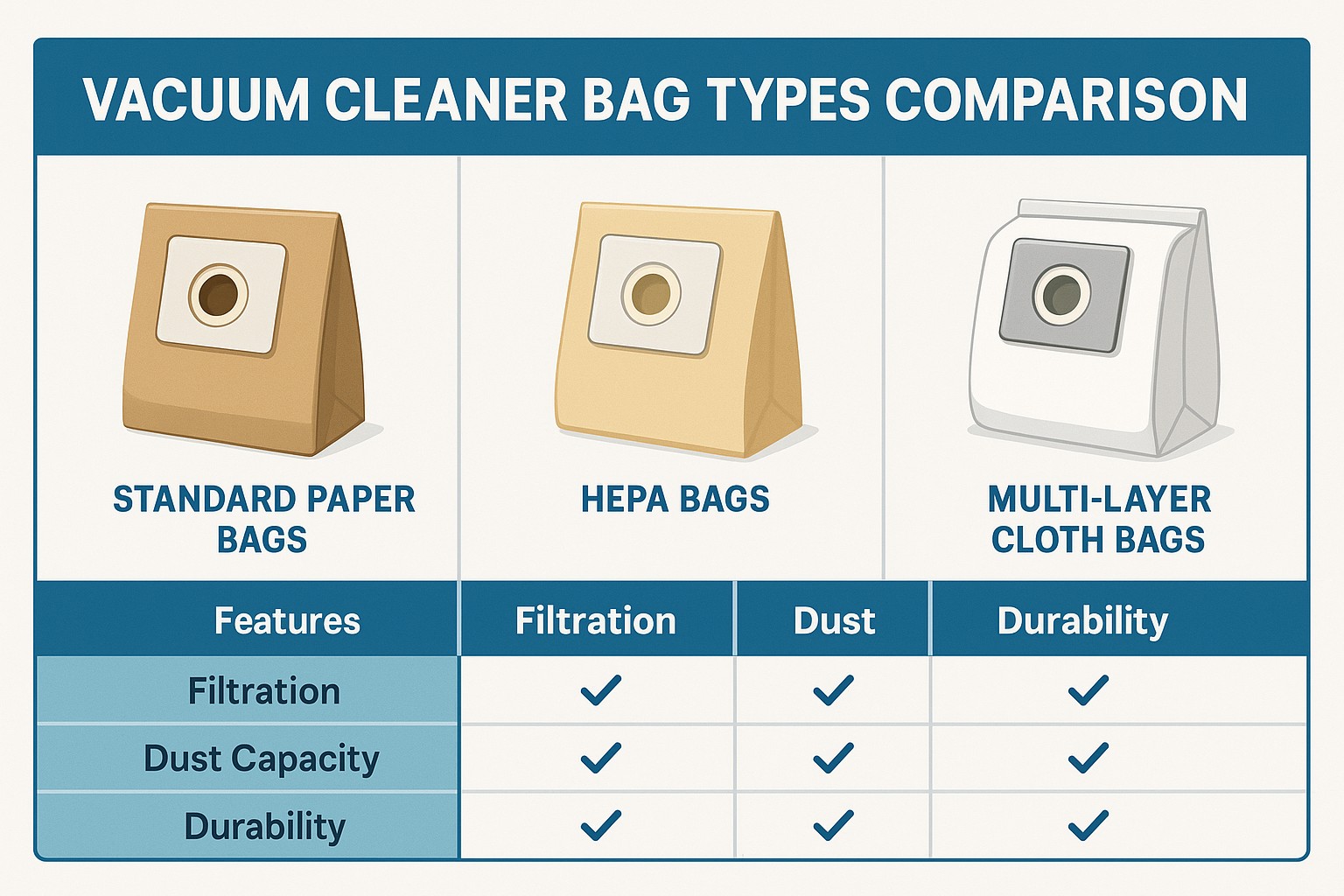
A Guide to Common Vacuum Bag Types
Understanding bag types helps you match filtration needs with your business environment and budget requirements.
Standard Paper Bags
Standard paper bags are suitable for general office environments where dust consists mainly of paper fibres, skin cells, and light debris. They offer economical operation for businesses with moderate cleaning demands.
These single-layer bags work well for daily maintenance cleaning in offices, retail stores, and light commercial spaces. They handle typical office dust without issue, but struggle with heavier debris or moisture.
Cost-conscious businesses appreciate their affordability, which typically ranges from $15 to $ 25 for multi-packs. Replace them when two-thirds full to maintain optimal suction and prevent overstuffing, which can lead to tears.
HEPA and Microfilter Bags
HEPA and microfilter bags excel in environments where air quality directly impacts health and safety. Hospitals, dental clinics, beauty salons, and early childhood centres benefit most from their superior filtration capabilities.
These bags trap particles as small as 0.3 microns with 99.97% effectiveness. They capture bacteria, pollen, pet dander, and fine dust that standard bags miss. This is particularly important in spaces where vulnerable populations spend time or where hygiene regulations are in effect.
The multi-layer construction costs more upfront, typically $30-50 for equivalent quantities; however, the health benefits and regulatory compliance it provides justify the investment. Staff experience fewer allergy symptoms, and your business demonstrates a commitment to maintaining healthy environments.
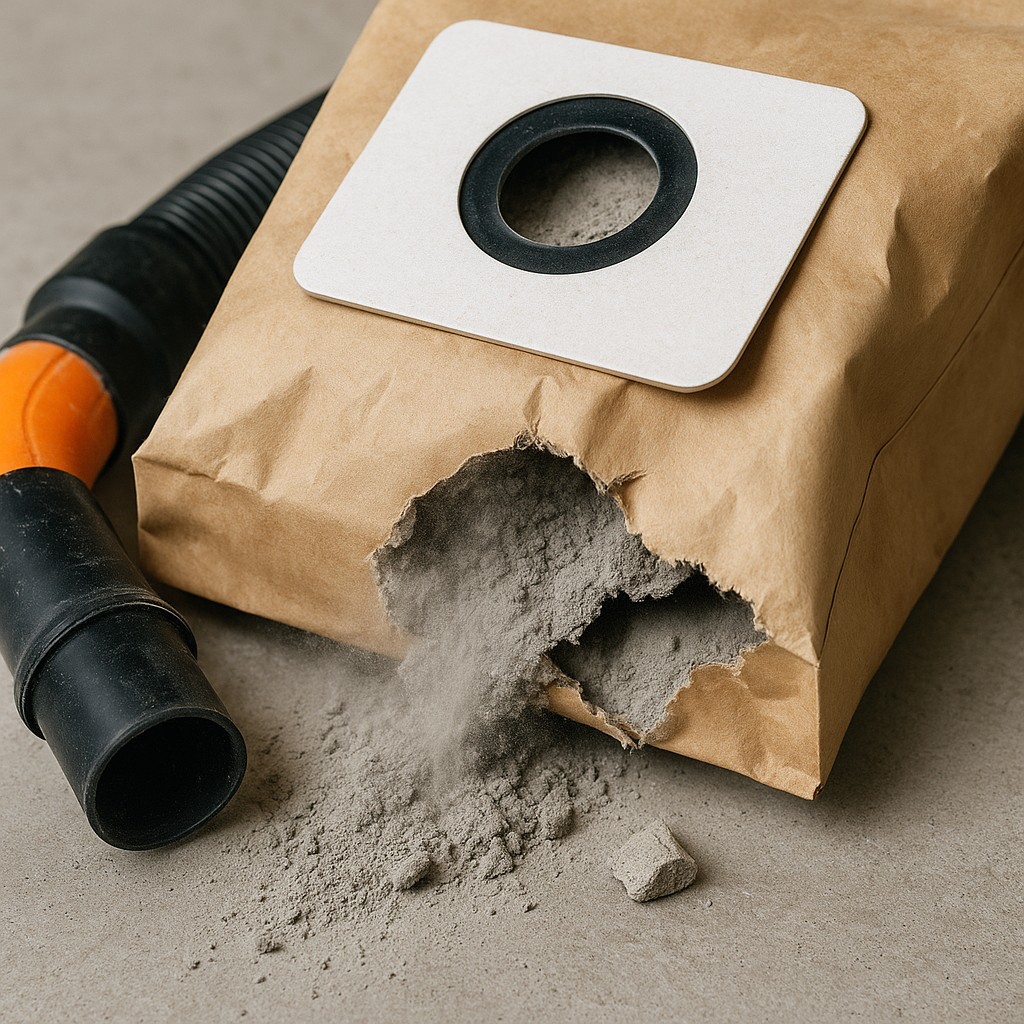
Multi-Layer Cloth Bags
Multi-layer cloth bags are ideal for heavy-duty applications where durability and capacity are paramount. Hospitality businesses, construction companies, and maintenance contractors rely on their robust construction for demanding cleaning tasks.
These bags feature reinforced seams and tear-resistant materials that withstand sharp debris, liquid spills, and high-volume use. Their larger capacity reduces the frequency of changes, saving labour time in busy commercial environments.
Construction and renovation cleanup, in particular, benefits from the durability of cloth bags. They handle drywall dust, small hardware pieces, and other challenging debris without failing. The higher upfront cost, typically $40-60 per pack, is offset by an extended service life and reduced replacement frequency.
How to Find the Perfect Bag for Your Vacuum Model
Compatibility determines whether your chosen bag will fit properly and maintain vacuum performance. Incorrect bags create poor seals, reduce suction, and potentially damage your equipment.
Locate your vacuum's model number on the unit itself, usually found on a label near the motor housing or on the bottom of canister models. This number, not just the brand name, determines exact bag compatibility.
Keep a master list of all cleaning equipment model numbers in your storage area for supplies. Include purchase dates and preferred bag types for each unit. This prevents ordering mistakes and ensures consistent performance across your cleaning fleet.
When replacing an older vacuum, consider the availability and cost of bags in your decision. Some manufacturers discontinue bag production for older models, forcing customers to undergo expensive upgrades or replace their equipment. Research the availability of bags before purchasing new equipment to avoid future supply issues.
Many suppliers offer compatibility guides that cross-reference model numbers with appropriate bags. These tools eliminate guesswork and prevent costly ordering mistakes that delay cleaning operations.
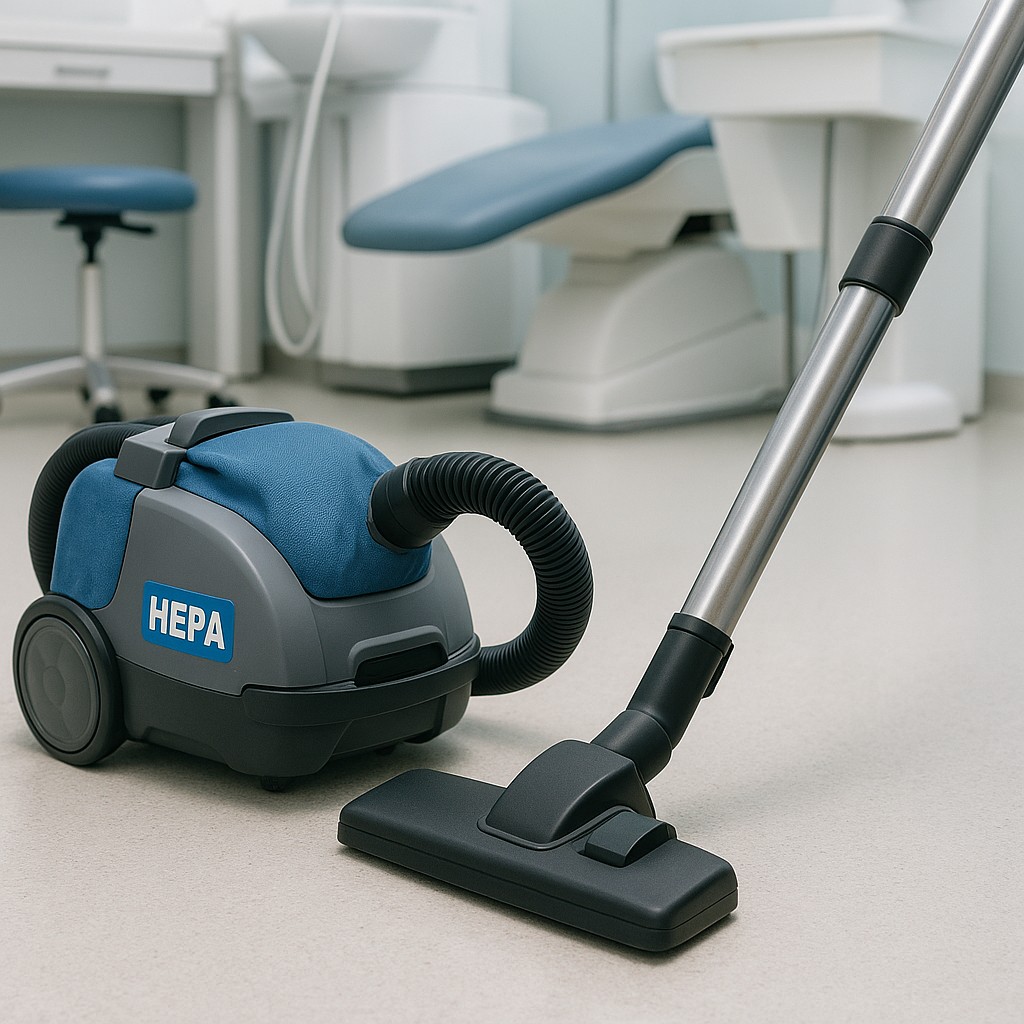
Pro Tip: The Tidy Kiwi's Bag Change Schedule
Proactive bag changes maintain peak vacuum performance and prevent the sudden failures that disrupt your cleaning routine. Don't wait until bags reach capacity - this approach costs more in lost suction and potential equipment damage.
- Small offices with light foot traffic should change bags monthly. This schedule prevents overpacking and maintains consistent suction for daily maintenance cleaning. Mark the change dates on your calendar to establish a routine.
- Busy cafes, retail stores, and high-traffic areas require fortnightly changes. Heavy debris loads and constant use demand more frequent maintenance to preserve equipment performance and cleaning quality.
- Industrial or construction environments may require weekly changes, depending on the type and volume of debris. Dust-heavy environments clog bags more quickly, necessitating closer monitoring to prevent performance degradation.
Monitor suction performance between scheduled changes. If you notice reduced pickup or longer cleaning times, check the bag fullness, regardless of the schedule. Adjust timing based on actual usage patterns rather than arbitrary calendar dates.
The Hidden Cost of Cheap, Non-Genuine Bags
Initial savings from generic bags are often offset by reduced performance, equipment damage, and increased replacement frequency. Understanding these hidden costs helps you make informed purchasing decisions.
Poor-quality bags tear during use, dumping collected debris back into your workspace and potentially damaging vacuum motors with unfiltered particles. Motor repairs typically cost three to five times more than genuine bag expenses over equivalent periods.
Generic bags often feature incorrect dimensions that create poor seals around vacuum inlets. These gaps allow unfiltered air to bypass the bag, reducing suction and spreading fine particles throughout your workspace instead of capturing them.
Warranty protection represents another consideration. Many vacuum manufacturers void warranty coverage when non-genuine parts are used and cause damage. This risk exposure far exceeds any savings from cheaper bag alternatives.
Quality, compatible bags from reputable suppliers protect your equipment investment while delivering consistent performance. They maintain proper fit, use appropriate materials, and undergo testing to ensure compatibility with specific vacuum models.
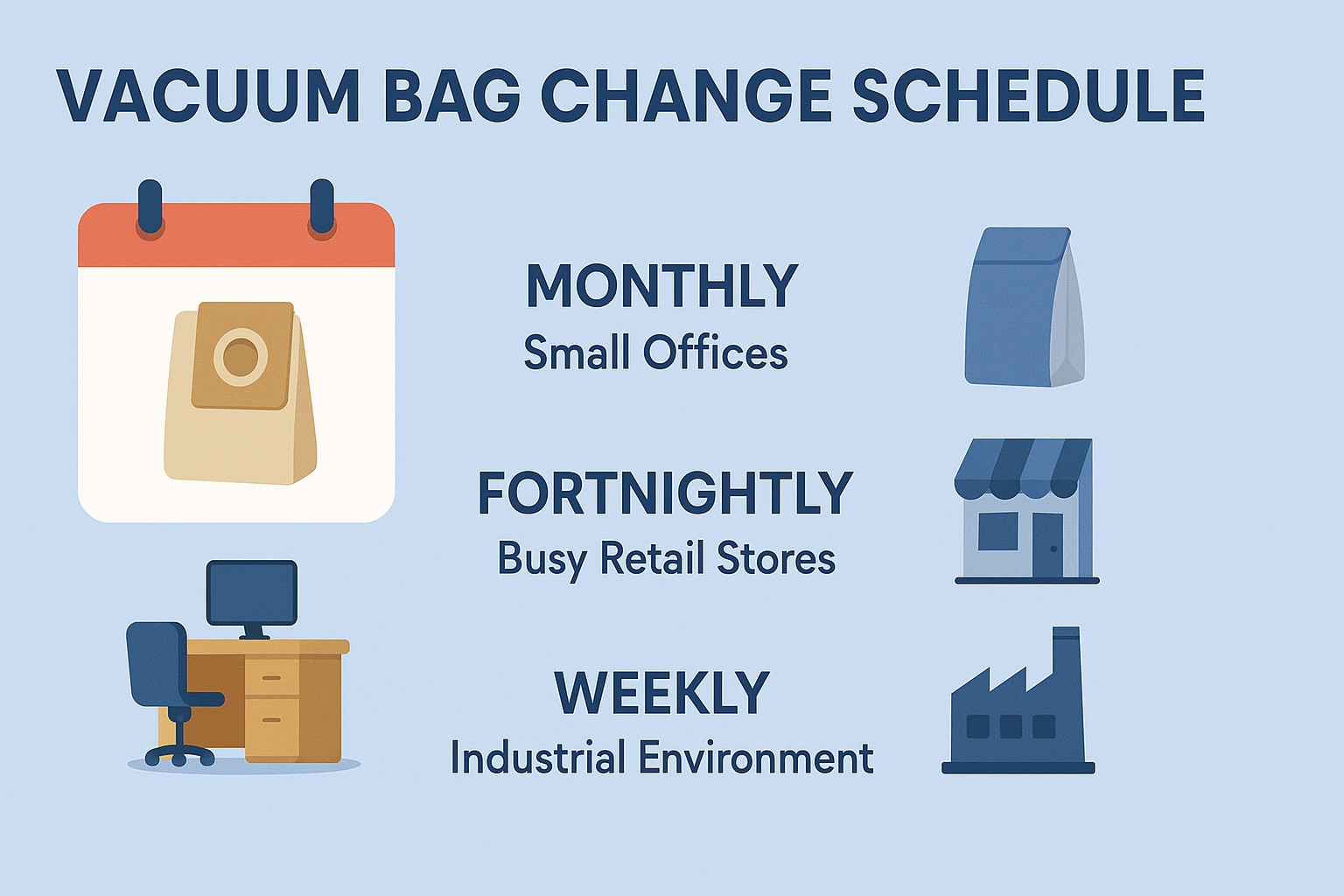
Don't Forget the Filter
Vacuum bags work in partnership with filters to create complete air cleaning systems. Neglecting filter maintenance undermines even the best bag performance and reduces overall cleaning effectiveness.
Pre-motor filters protect vacuum motors from fine particles that penetrate bag filtration. These washable or replaceable components require regular attention to maintain airflow and prevent motor damage from accumulated debris.
HEPA filters in the exhaust stream polish the air before it returns to your workspace. These final filters capture particles that escape the bag and pre-motor filtration, ensuring the air leaving your vacuum is cleaner than when it entered.
Filter replacement schedules vary depending on usage intensity and environmental conditions. Light office use may require quarterly changes, while heavy commercial applications need monthly attention. Monitor filter condition rather than following rigid schedules.
Regular filter maintenance extends the life of the bag by improving overall system airflow. Clean filters reduce strain on bags and motors, creating more efficient operation that saves money across all system components.
Your choice of vacuum bag impacts equipment longevity, cleaning effectiveness, and operational costs. Taking time to select appropriate bags for your specific needs pays dividends through improved performance and reduced maintenance expenses.
Tired of guessing which bag you need? Explore our reliable, commercial-grade vacuum cleaner bags and keep your NZ business spotless without the hassle.
